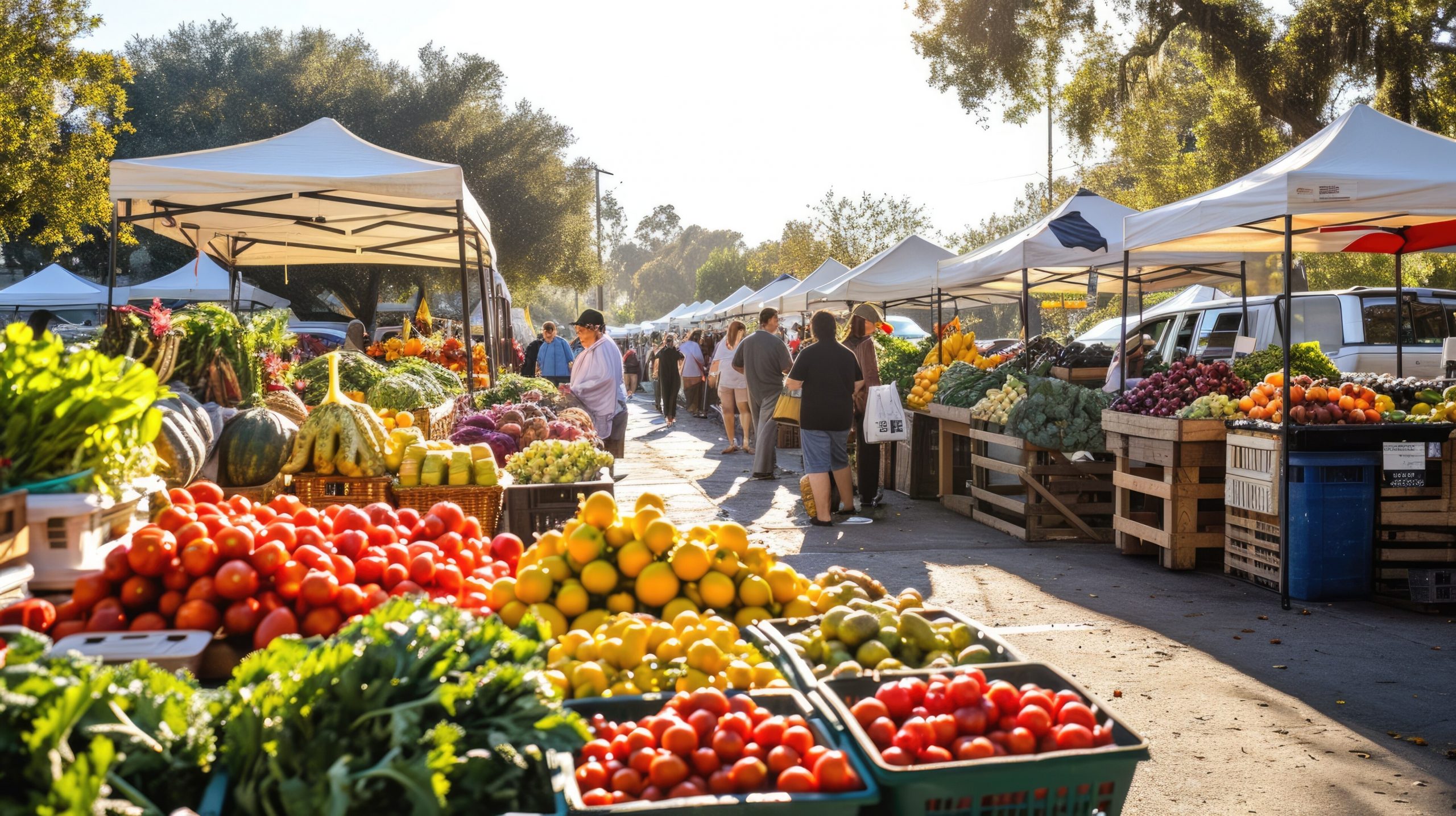Groceries are a budget line item that adds up fast—but trimming those costs doesn’t have to mean scouring coupon inserts or downloading five apps. With a few practical habits and some smart planning, you can save big without ever clipping a coupon.
Why Grocery Bills Are So High
Food prices have steadily climbed in recent years due to inflation, supply chain disruptions, and increased labor costs. That means even basic items like bread and eggs can feel like luxuries. The good news? You have more control than you think.
Plan Like a Pro: Meal Planning That Saves
Meal planning is your biggest weapon against grocery overspending. It prevents food waste, minimizes impulse buys, and makes your trips to the store intentional.
Build Your Week Around What You Already Have
Before you plan your meals, check your fridge, freezer, and pantry. Then plan recipes that use those items first.
Example:
Leftover tortillas → tacos or wraps
Half a jar of marinara → pasta bake or pizza toast
Frozen veggies → stir-fry or soup
Create a Flexible Weekly Menu
Structure your meals around 3–4 main dinners and leave room for leftovers or simple nights like “breakfast for dinner.”
Pro tip: Theme nights like Meatless Monday or Pasta Thursday reduce decision fatigue and help you stay consistent.
Use a Running Grocery List
Keep a list on your phone or fridge so you’re not wandering the aisles guessing. Stick to your list and avoid buying extras “just in case.”
Shop Smarter, Not Harder
Changing how you shop can instantly reduce your grocery bill—no coupons required.
Compare Price Per Unit, Not Just Total Price
The lowest sticker price isn’t always the best deal. Look at the cost per ounce, pound, or item to find true value.
| Product | Size | Price | Price per Unit |
|---|---|---|---|
| Store-brand rice | 2 lb | $1.98 | $0.99/lb |
| Name-brand rice | 1 lb | $1.49 | $1.49/lb |
Skip the Middle Aisles
The perimeter of the store (produce, dairy, meats) usually houses whole foods, while the center aisles are packed with processed snacks and convenience items that cost more per serving.
Don’t Shop Hungry
Seriously. You’ll make better decisions when your stomach isn’t calling the shots.
Embrace Store Brands
Store or generic brands often cost 20–30% less than name brands—and in blind taste tests, they usually hold their own. Staples like canned beans, pasta, and oatmeal are great places to make the switch.
Buy in Bulk (Strategically)
Buying in bulk only saves money if it’s something you’ll actually use before it expires.
Best Bulk Buys:
Dry goods (rice, oats, pasta)
Frozen vegetables
Toilet paper and paper towels
Pantry items (spices, canned goods)
Not Great in Bulk:
Fresh produce (unless you freeze it)
Perishables with a short shelf life
Shop Less Often
Fewer trips to the store = fewer opportunities to overspend. Aim for once a week or less and make do with what’s on hand between trips.
Use the Freezer Like a Boss
Your freezer can stretch your grocery dollars big time. Freeze meat, bread, fruits, and even cooked meals to prevent spoilage and save money.
Smart Freezer Habits:
Freeze individual portions of leftovers for quick lunches
Store chopped onions or peppers for easy add-ins
Buy meat on sale and freeze it for later
Learn to Love Leftovers
Instead of letting leftovers rot in the back of the fridge, plan to reinvent them. Roast chicken can become tacos. Chili can top baked potatoes. Get creative and keep it interesting.
Eat Seasonally and Locally
Seasonal produce costs less and tastes better. In summer, berries and corn are cheaper; in winter, root vegetables like carrots and potatoes shine.
Farmer’s markets and local grocers may offer better prices than big chains—especially near the end of the day when vendors want to sell out.
Cooking More, Eating Out Less
Cooking at home is almost always cheaper than takeout. Even simple meals like grilled cheese and tomato soup or a rice bowl with veggies can cut your food costs dramatically.
| Meal Type | Average Cost Per Serving |
|---|---|
| Homemade stir-fry | $2.00 |
| Fast food combo meal | $8.00–$10.00 |
| Restaurant entrée | $12.00–$20.00 |
Avoid These Grocery Budget Killers
A few common habits can quietly drain your food budget. Keep an eye out for:
Overbuying produce that spoils before you eat it
Buying individual snack packs instead of bulk versions
Impulse buying at checkout (hello, candy bars)
“Premium” items like pre-sliced fruit, fancy cheese, or deli-prepared meals
Wrapping It Up
You don’t need coupons to save money on groceries. A mix of meal planning, shopping strategy, and smart cooking habits can make a real difference. With just a few tweaks to your routine, you can eat well and keep your grocery spending under control.



